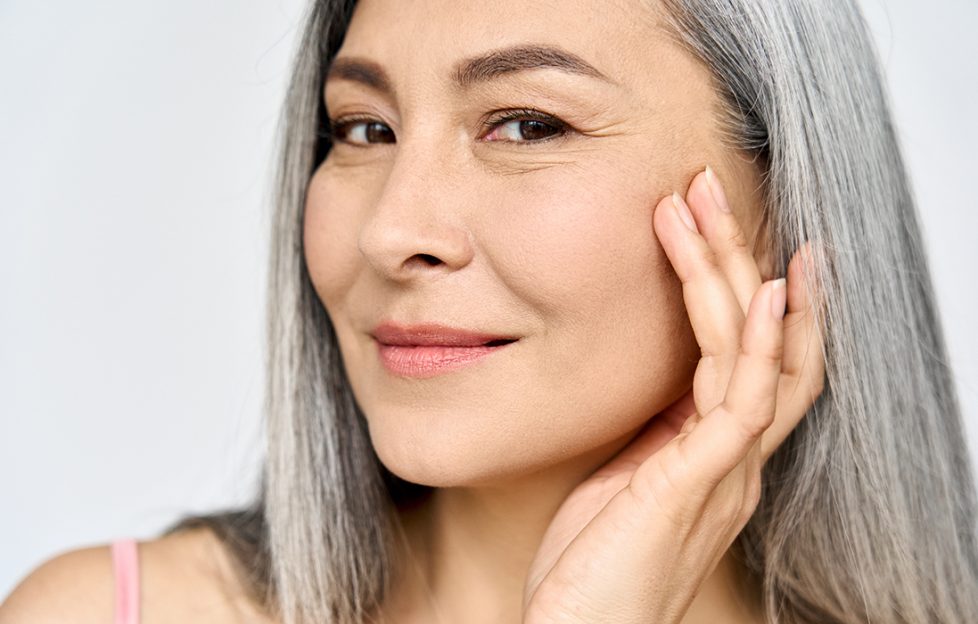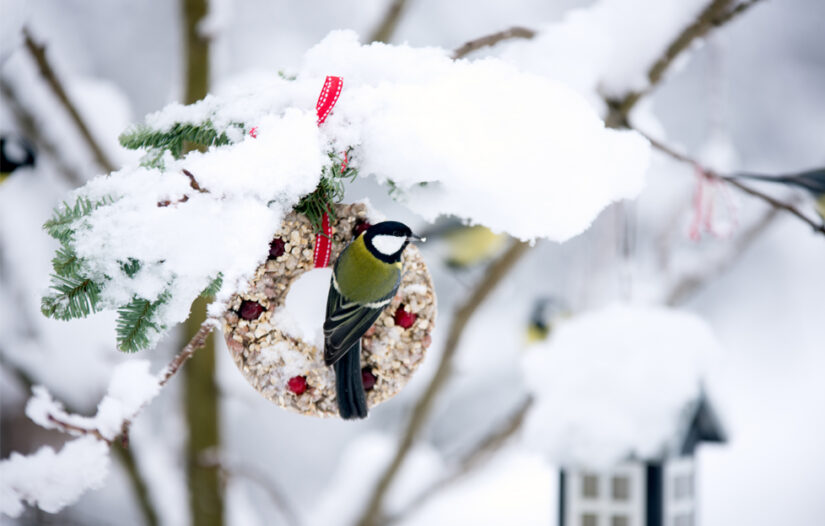 Shutterstock / Ground Picture©
Shutterstock / Ground Picture©Having grown up in a household with one deaf parent, deaf awareness is a subject close to my heart.
There are over 11 million people living in the UK with hearing loss or deafness. That equates to 1 in 6 of the population — a staggering figure.
It’s so easy to feel isolated in the community when you are deaf. My mum lost her hearing as a child, and from speaking with (and observing) her over the years, I know her confidence was impacted. I will add that this was mainly when interacting with hearing people, and not her deaf friends and colleagues.
Deaf awareness in the community can help those affected feel included and valued. So, what can we do to help?
3 ways to help someone with hearing loss:
1. Communication matters
Always speak clearly, facing the person you are talking to, which can aid lip-reading. When speaking to a hearing person, it’s natural to move your head around. But when you do this with someone who is deaf, you are restricting the person’s line of sight to your words.
Writing something down, on paper or typed on to a smartphone, can also be an effective form of communication.
2. Sign language
British Sign Language (BSL) is the most prevalent type of sign language in the UK. The visual communication techniques involve facial movements and body language, particularly with hand gestures. There are plenty of BSL courses online.
Fingerspelling is communicating words solely through the use of the hands, and each letter of the alphabet can be spelled out with use of a person’s fingers.
I’m more proficient at this message of communication than BSL. It essentially takes me longer to communicate what I’m saying. In writing terms, the comparison can be shorthand (BSL) to longhand (fingerspell).
3. Summing up
Rose Ayling-Ellis became the first ever deaf contestant to win “Strictly Come Dancing”. She and pro-partner Giovanni captured the nation’s hearts with their dance routines. Rose showed everyone, deaf and hearing alike, that there is no barrier when it comes to deafness.
Deafness Awareness Week is about inclusion and communication. Something as simple as learning a few basic signs, or fingerspelling a deaf person’s name, can make a difference.
You don’t need to be deaf to communicate with the deaf community. It’s taking the time to connect and listen.




